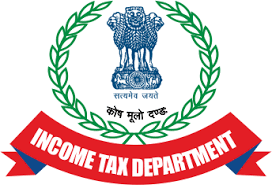With the onset of the new financial year on April 1, salaried individuals find themselves at a crossroads, having to decide between the new and old tax regimes. Since FY 2023-24, the new income tax regime has become the default option, necessitating taxpayers’ understanding of the applicable income tax rates and slabs.
Earlier in the month, the Finance Ministry addressed misinformation surrounding the new tax regime in a social media post, underscoring the importance of clarity on the subject.
If you’re grappling with the decision between the two regimes, here are some pointers to help you make an informed choice:
1) Difference in Exemptions and Deductions: The fundamental distinction between the old and new income tax regimes lies in how they treat exemptions and deductions. While the old regime allows for substantial deductions specified in various sections like 80C, 80D, and 80TTA of the Income Tax Act, the new regime offers reduced tax rates with fewer available deductions.
2) Standard Deduction Status: The standard deduction for the financial year 2024-2025 remains unchanged at ₹50,000 for both the old and new income tax regimes, as announced in the Interim Budget.
3) Tax Slabs Under the New Regime: In the new tax regime, income tax slabs are structured as follows:
- No tax on income up to ₹3 lakh.
- 5% tax on income between ₹3-6 lakh, with rebate under Section 87A.
- 10% tax on income between ₹6-9 lakh, with rebate applicable up to ₹7 lakh.
- 15% tax on income between ₹9-12 lakh.
- 20% tax on income between ₹12-15 lakh.
- 30% tax on income exceeding ₹15 lakh.
4) Tax Slabs Under the Old Regime: In the old tax regime:
- Income up to ₹2.5 lakh is exempt.
- Income between ₹2.5 lakh to ₹5 lakh is taxed at 5%.
- Income between ₹5 lakh and ₹10 lakh is taxed at 20%.
- Income exceeding ₹10 lakh is taxed at 30%.
5) Notification to Employer: It’s crucial for employed individuals to inform their employer about their preferred tax regime at the start of the financial year. However, if you fail to do so, you can still switch between regimes while filing your income tax return, provided it’s within the due date.
These guidelines aim to simplify the decision-making process and ensure taxpayers are well-informed about their options in the new financial year.



